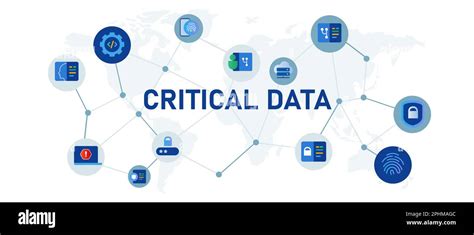Where to Find Authenticity Databases: A Comprehensive Guide
1. What Are Authenticity Databases and Why Are They Important?
Authenticity databases are platforms that help verify the legitimacy of various items, from art and collectibles to luxury goods and more. In a world where counterfeit products can infiltrate markets, these databases offer a critical layer of protection for collectors, investors, and consumers alike. This section dives into the different types of authenticity databases, their purposes, and why they are invaluable in today’s digital age.
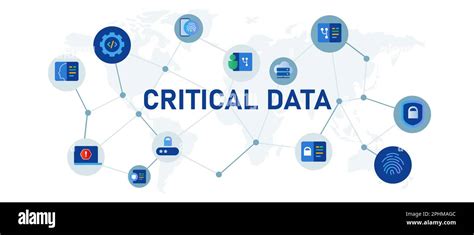
Authentication databases generally provide:
- Detailed records of an item’s origin and ownership history
- Photographic evidence and expert-authenticated records
- Digital certificates of authenticity or ownership verification
Most databases focus on specific sectors, such as art, luxury brands, or sports memorabilia, and often require expert involvement for validation.
2. How Can I Access Authenticity Databases for Art and Collectibles?
For art and collectibles, access to authenticity databases is crucial. These databases store critical information, such as provenance, past ownership, and auction history, making them essential for art collectors and investors alike. Many art authentication organizations partner with museums and galleries, ensuring that they have the most accurate records.
Common ways to access these databases include:
- Membership in art associations
- Subscription to art marketplace platforms
- Consulting galleries or art historians
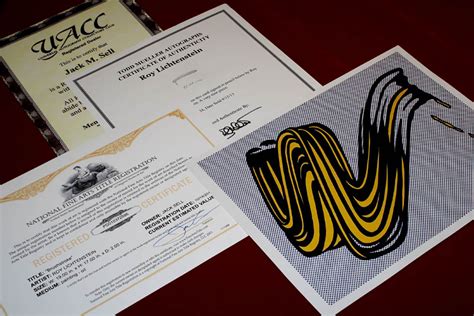
| Database | Purpose | Access Type |
|---|---|---|
| Art Loss Register | Stolen art tracking | Paid subscription |
| Artory | Provenance records | Free and premium |
3. Where Can I Find Luxury Brand Authenticity Databases?
Luxury brands like Chanel, Gucci, and Rolex have specialized databases to track the authenticity of their products. These databases help prevent counterfeit products from circulating in the market and are accessible primarily to brand partners, certified dealers, and consumers upon purchase.
- Blockchain Authentication: Increasingly, luxury brands are adopting blockchain to register their products, making each item traceable and verifiable in real-time.
- Manufacturer Verification Codes: Some luxury products come with verification codes linked to the brand’s database, where consumers can verify their product’s authenticity.
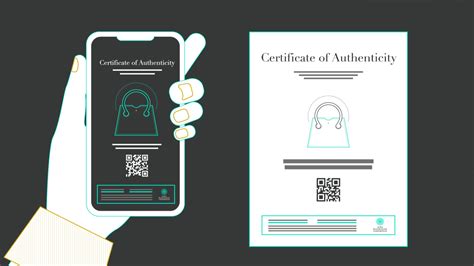
4. How Can I Use Sports Memorabilia Authenticity Databases?
Sports memorabilia, like autographs, jerseys, and collectible items, are often counterfeited. Authenticity databases play a significant role in verifying these items through expert evaluation and certification processes. Companies like PSA/DNA and Beckett Authentication Services offer comprehensive databases for collectors and sports fans.
Methods for verifying sports memorabilia:
- Accessing PSA/DNA’s Certification Database
- Using holographic serial numbers provided on certified items
- Reviewing certificates of authenticity (COA) issued by reputable third-party organizations
5. What Are Blockchain-Based Authenticity Databases?
Blockchain technology has revolutionized authenticity verification by offering secure, immutable records for tracking items. Many industries now use blockchain to store proof of authenticity, particularly for digital art and high-value items, as each transaction is logged permanently and transparently.
| Database Name | Industry Use | Blockchain Type |
|---|---|---|
| VeChain | Luxury Goods | Public |
| IBM Food Trust | Food Authenticity | Private |
6. Are There Authenticity Databases for Digital Art and NFTs?
Digital art and non-fungible tokens (NFTs) rely heavily on authenticity databases due to the high volume of transactions. Platforms like OpenSea and Rarible incorporate blockchain technology, making it easy to verify the ownership and origin of digital assets.
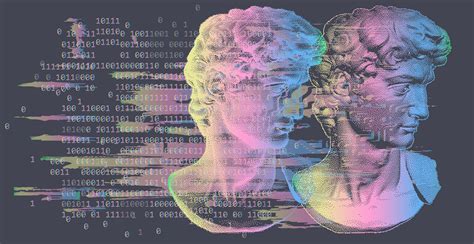
7. How Can I Verify Rare Books and Manuscripts?
Rare books and manuscripts often have detailed records of authenticity due to their historical significance. Organizations like the Antiquarian Booksellers’ Association of America (ABAA) and the International League of Antiquarian Booksellers (ILAB) offer trusted databases to verify rare books.
- Membership in reputable booksellers’ associations
- Access to auction house records and provenance details
- Consultation with rare book experts
8. Where Can I Find Jewelry and Gemstone Authenticity Databases?
Jewelry and gemstones are verified through databases maintained by institutes like the Gemological Institute of America (GIA). These databases provide authenticity certificates based on rigorous lab testing and grading.
Methods for jewelry verification include:
- GIA Report Verification
- RapNet Diamond Report for diamonds
- Accessing country-specific jewelry associations’ databases
9. Are There Any Free Authenticity Databases?
While most authenticity databases require a subscription, a few offer limited access for free. For example, Artory provides basic art provenance information without charge, and some luxury brands allow limited verification on their websites.
10. Can I Build a Personal Authenticity Database?
For collectors interested in maintaining a personal authenticity record, building a personal database using software like Microsoft Access or cloud-based options like Google Sheets can be effective. Collectors can organize information such as item details, origin, and purchase date, as well as attach photos and digital copies of authenticity certificates.
| Software | Use | Cost |
|---|---|---|
| Microsoft Access | Database organization | Paid |
| Google Sheets | Cloud-based record-keeping | Free |
Summary Table
| Type of Item | Recommended Database | Access Type |
|---|---|---|
| Art | Artory | Free and paid |
| Luxury Goods | VeChain | Blockchain |
| Digital Art/NFTs | OpenSea | Blockchain-based |
FAQs
1. How do authenticity databases work?
Authenticity databases work by storing critical information about an item, including its provenance, ownership history, and digital certificates, often verified by experts.
2. Are all authenticity databases paid?
Not all; some offer limited free access, especially for introductory information, but more comprehensive records often require payment.
3. Can blockchain be used for authenticity verification?
Yes, blockchain provides a secure, immutable record-keeping solution for authenticity verification, particularly popular for NFTs and luxury goods.
4. How reliable are digital art databases?
Digital art databases use blockchain for reliable ownership tracking, making them highly secure and verifiable.
5. Do authenticity databases cover sports memorabilia?
Yes, databases like PSA/DNA and Beckett cover sports memorabilia and provide certificates for verified items.
6. How do I access luxury brand authenticity databases?
These are typically available through the brands’ websites, but blockchain authentication is increasingly used for better accessibility and security.
7. Can I use public libraries to access art databases?
Some public libraries have subscriptions to art databases, offering limited access for research purposes.

